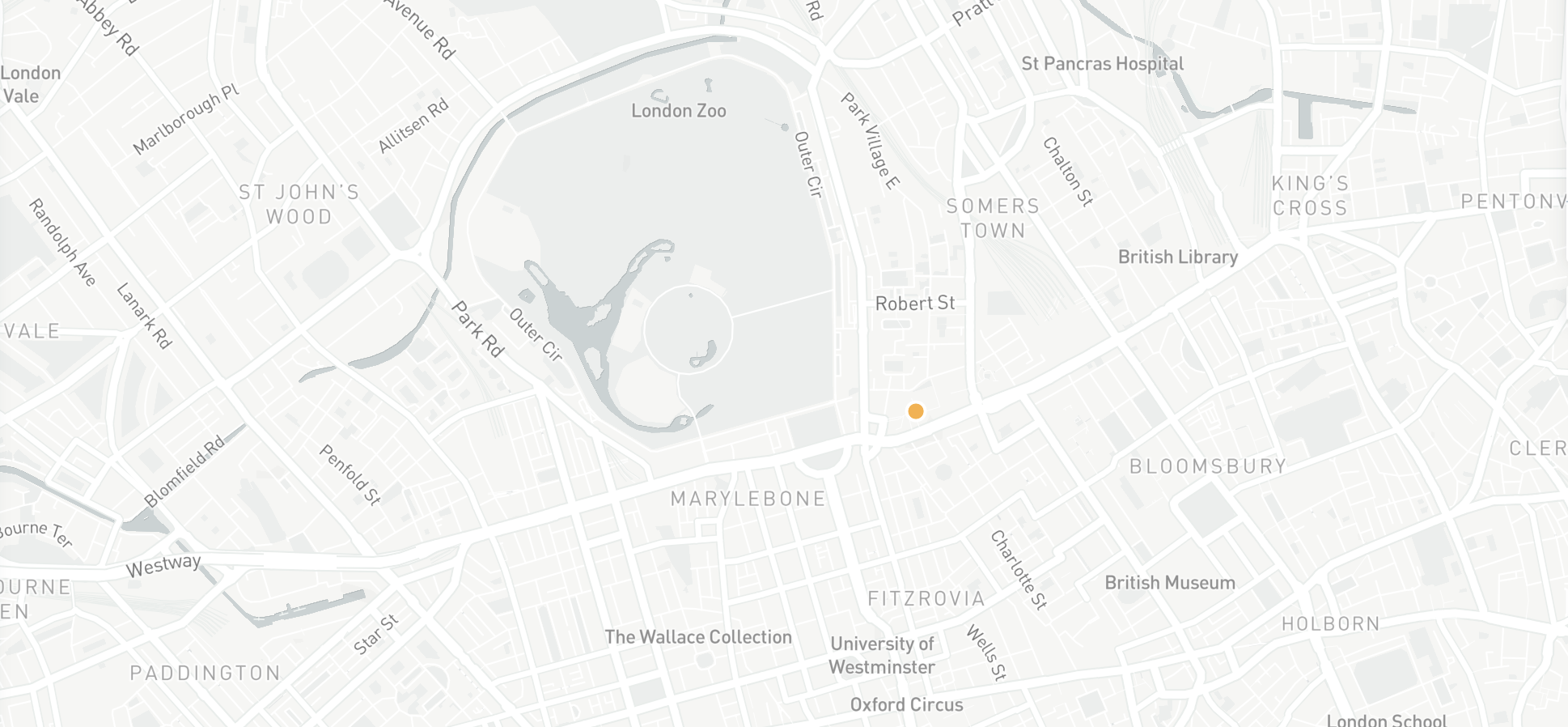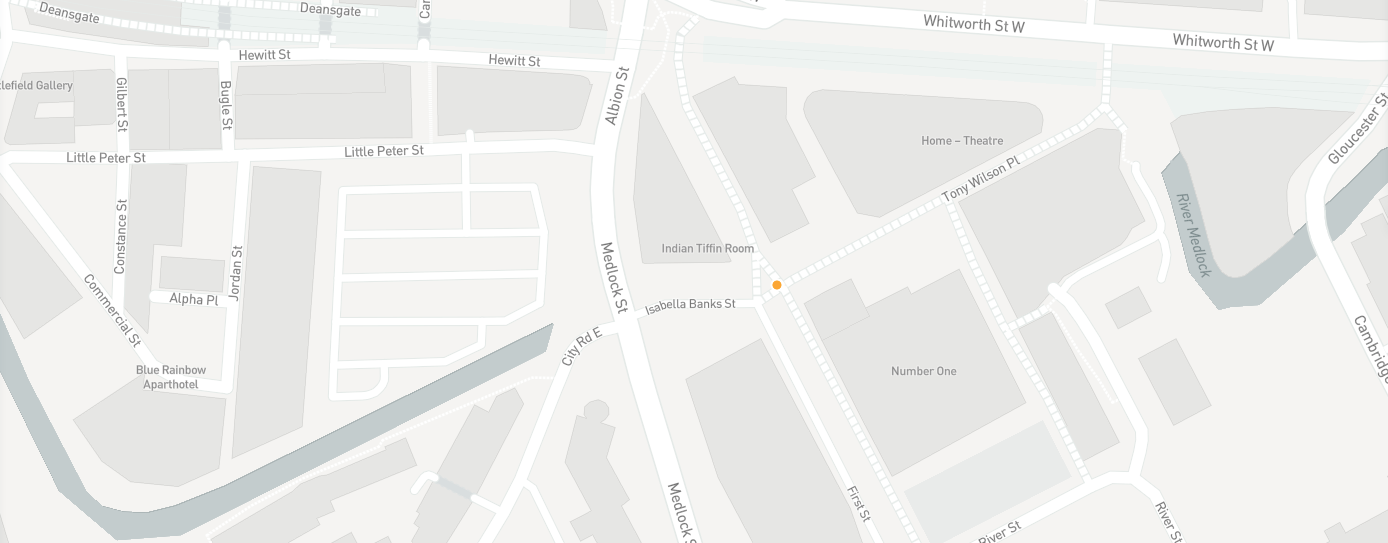The Ultimate Guide to Crafting a Career Plan
Careers rarely follow a straight path. Whether you’ve actively pursued a passion or found yourself in a role by circumstance, your career can take you to unexpected places. That’s why having a clear, flexible plan matters. At SEFE, we believe career planning isn’t about predicting the future; it’s about preparing for it.
A five-year plan is a popular way to navigate a career, but it’s rigid and doesn’t allow for more short-term and long-term planning. We’re going to focus on how to put together a plan spanning 2 years, 5 years, and 10 years, allowing you to move through your career with confidence and the ability to pivot if you need to.
Quick links:
– Benefits of creating a career plan
– 8 steps for creating a career plan
What is a career plan?
A career plan is a structured outline of your long-term professional goals, with clear steps to help you reach them. It offers direction, helping you move from where you are now to where you want to be.
Unlike short-term tools, like Personal Development Plans (PDPs) or 30-60-90-day strategies, a career plan looks at the bigger picture. It supports sustainable progress over time, not just immediate results, although it will incorporate the progress gained in the short-term.
Whether your timeline is 2, 5, or 10 years, a career plan helps you focus on the roles, skills, and experiences that matter most to you.

Benefits of creating a career plan
Creating a career plan gives you more control over your future. Some of the key benefits include:
– Clarity around your goals and values
– Motivation through measurable progress
– Informed decisions when considering new roles or training
– Stronger performance reviews and development conversations
– Adaptability when circumstances or priorities change
How to create a career plan
Crafting a career plan doesn’t need to be complicated. The key is to reflect, define, and act on the plan you’ve made. Follow the steps below to build a plan that works for you, whatever your timeline.
Before setting goals, you’ll need to assess where you currently are. Look at factors like your current skillset, what you’re good at and what you need to improve.
Your current skillset
Where do you excel, and where could you improve? It’s probably a good idea to discuss this with your manager or a colleague who has worked with you for a couple of years.
Your performance in your current role
What feedback have you received? What tasks motivate you, and conversely, what tasks drain you?
Your role and company
Do you have access to growth opportunities? Is your team or organisation aligned with your goals? If you don’t feel aligned, it might be time for a change.
Your interests and passions
Looking at your current workload, what part of it interests you the most? Which parts would you like to do more of?
Your goals and aspirations
What do you want to achieve in the next 1, 5, or 10 years? What does success mean to you personally? Is it honing skills, learning a particular skill, or purely progressing through the ranks?
8 steps for creating a career plan
Once you’ve reflected on your current situation, take these practical steps to build your plan:
Look for gaps in your ability
Identify what you need to develop—skills, qualifications, or experience.
Set new objectives and goals
Focus on where you want to be. These goals should be specific and relevant to your career stage.
Break this down into phases
Create shorter-term goals for the next 12 months, and broader goals for 3, 5, or 10 years.
Use the SMART technique
Make sure your goals are Specific, Measurable, Achievable, Relevant, and Time-bound.
Create an action plan
Write down the steps required to meet each goal, courses to take, people to speak to, or projects to lead.
Work with management
Share your plan with your manager or mentor. Get support, feedback, and opportunities that match your direction.
Review and update regularly
Check in on your progress every 6–12 months and adjust goals as your role or ambitions evolve.
Define success as you see it
Success doesn’t have one definition. Be clear about what it means for you, and build a plan that reflects that.
Your career won’t always follow a straight path, but with a plan, you can navigate change with confidence. Whether you’re looking two years ahead or aiming for the next decade, a well-thought-out plan puts you in control of your professional future.
Click here for the latest news and features from SEFE or visit our homepage to find out about our latest career opportunities.
The views, opinions and positions expressed within this article are those of our third-party content providers alone and do not represent those of SEFE. The accuracy, completeness and validity of any statements made within this article are not guaranteed. SEFE accepts no liability for any errors, omissions or representations.








